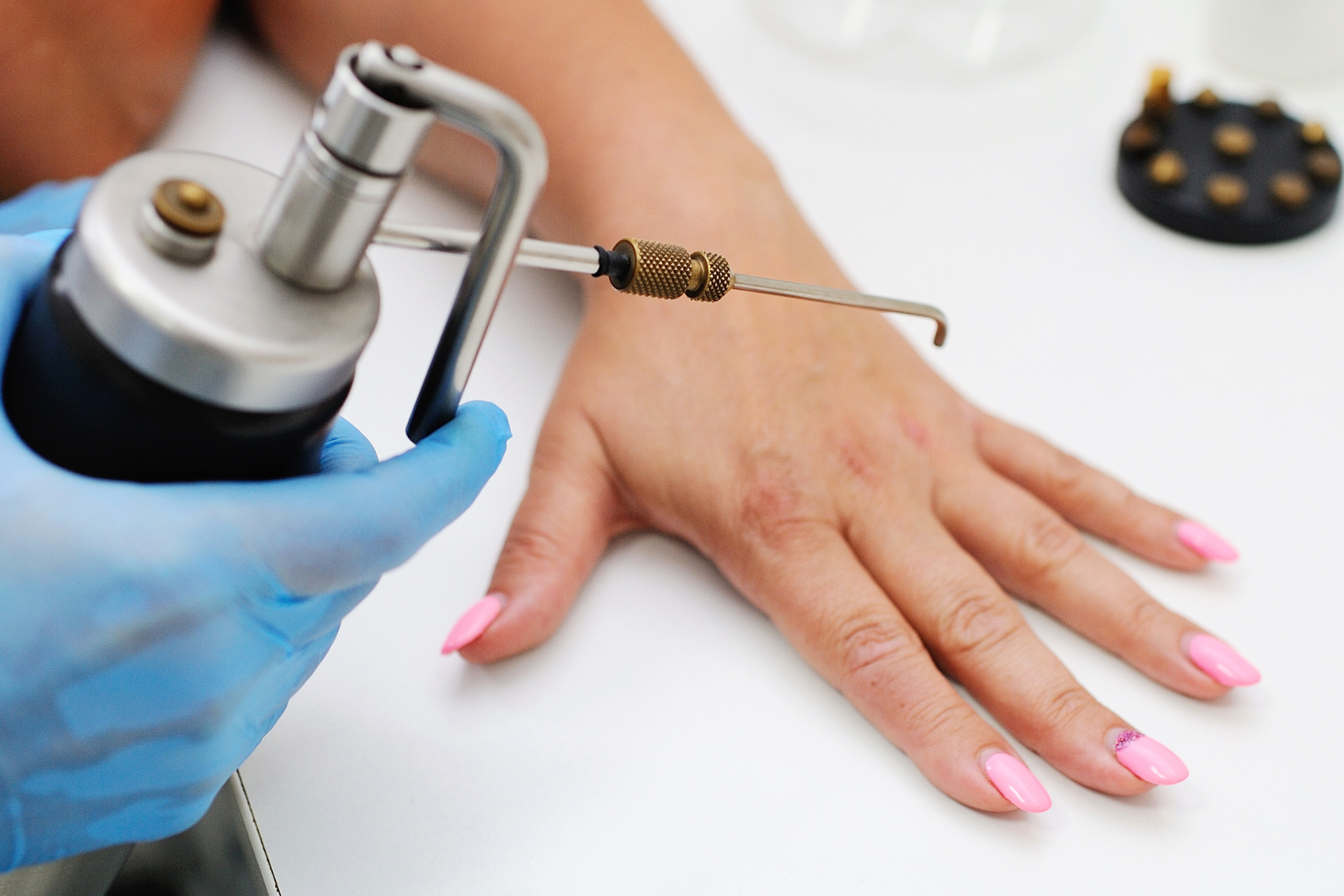Wart Removal: Methods, Efficacy, and Aftercare

Warts, those small, benign growths caused by the human papillomavirus (HPV), can be an unwelcome addition to our skin. They can appear anywhere on the body and often remain harmless; however, their potential to spread makes many individuals seek effective removal options. At Fall Creek Skin and Health Clinic, we provide a comprehensive overview of wart removal methods, their efficacy, and essential post-treatment care to help you feel confident and comfortable in your skin.
Understanding Warts
Warts can take many forms, including common warts on the hands, plantar warts on the feet, and flat warts on the face and legs. They may be unsightly and cause discomfort, particularly plantar warts, which can make walking a painful experience. Luckily, there are several effective wart removal methods available.
Wart Removal Methods
1. Cryotherapy
One of the most popular methods, cryotherapy involves freezing the wart with liquid nitrogen. The extremely cold temperature causes the wart to fall off after a few days. This method is highly effective and often results in quick recovery.
2. Electrosurgery
This technique uses high-frequency electrical current to dry out and remove the wart. While it may involve minimal discomfort and local anesthesia, electrosurgery often results in faster healing and is suitable for larger warts.
3. Laser Treatment
For persistent warts that resist other forms of treatment, laser therapy may be recommended. The laser targets blood vessels within the wart, essentially cutting off its supply, causing it to gradually fade away. While effective, this method may be more expensive and requires more than one session.
4. Topical Treatments
Over-the-counter creams containing salicylic acid can also help in removing warts. These treatments gradually peel away the wart layer by layer over time. While convenient and cost-effective, they may take several weeks to show results and require consistent application.
5. Surgical Excision
In more severe cases, surgical removal may be necessary. This method is often reserved for warts that do not respond to other treatments or are particularly bothersome. A healthcare professional will excise the wart and surrounding tissue for significant results.
Efficacy of Wart Removal Methods
The effectiveness of these removal methods can vary based on factors such as wart type, location, and individual skin response. Cryotherapy and electrosurgery, for instance, tend to yield immediate results, while topical treatments require patience. It’s essential to consult with a qualified healthcare professional to determine the most appropriate method tailored to your unique situation.
Aftercare: Ensuring Successful Healing
After the removal of a wart, proper aftercare is crucial to promote healing and prevent complications:
1. Keep the Area Clean
Gently wash the affected area with soap and water and pat dry. Avoid scrubbing to prevent irritation.
2. Protect Against Infection
Apply an antibiotic ointment and cover the area with a bandage, especially if the skin is sensitive or shows signs of open wounds.
3. Avoid Picking
Resist the urge to pick at the site as it increases the risk of scarring and potential reinfection.
4. Monitor for Recurrence
Be vigilant for any signs of new growth. Some individuals may experience recurring warts, requiring additional treatment.
At Fall Creek Skin and Health Clinic, we’re committed to providing compassionate care tailored to your needs. If you’re struggling with warts or any other skin-related issues, our team is here to support you every step of the way. Contact us today to schedule an appointment, and let’s work together toward healthy, beautiful skin.




